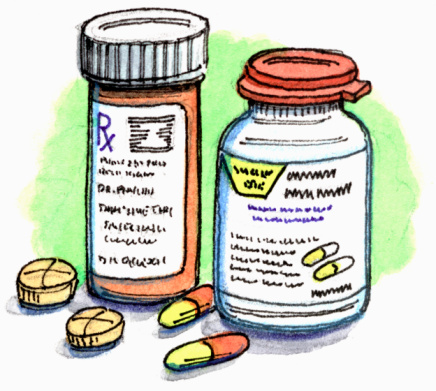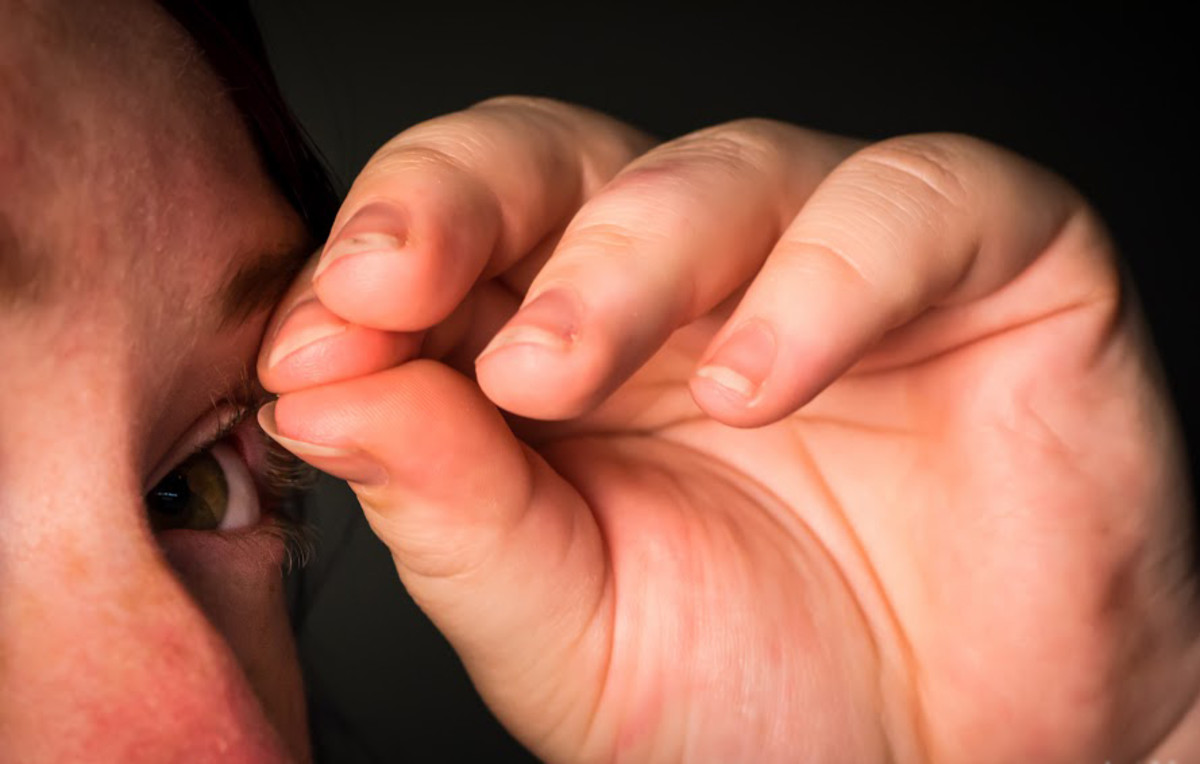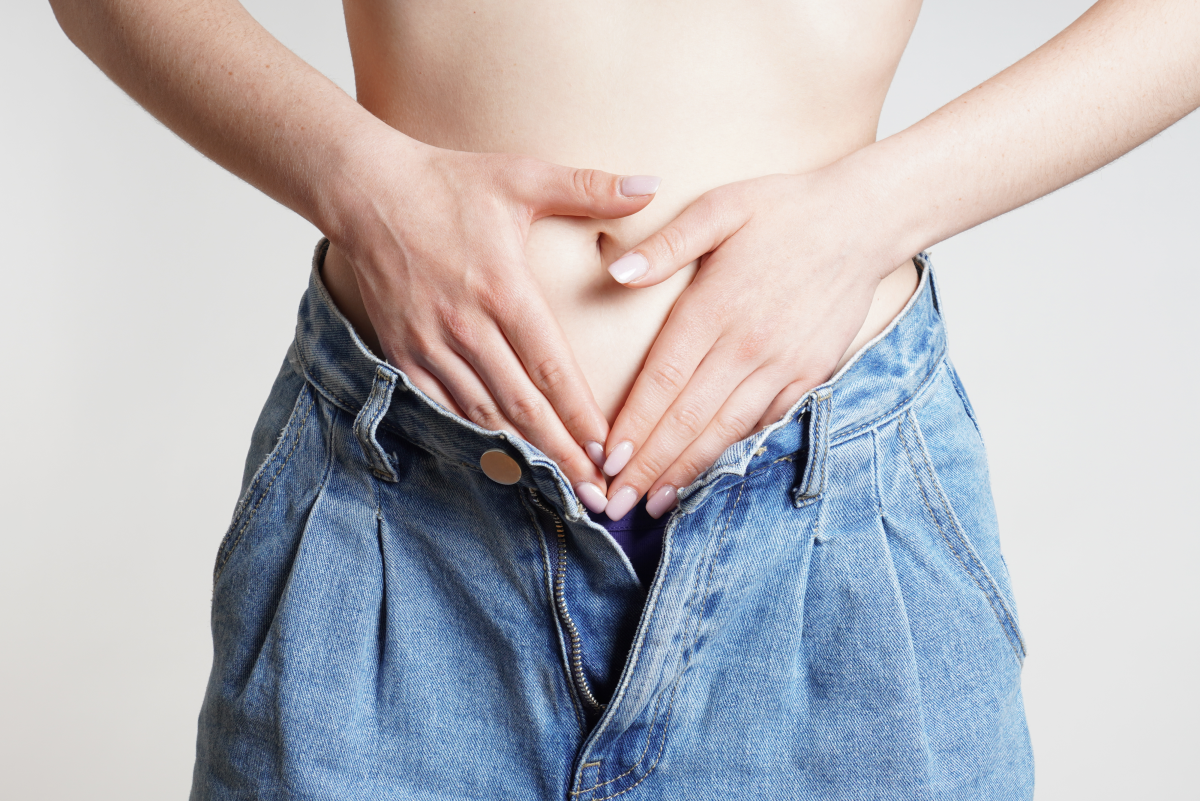What Is Premenstrual Dysphoric Disorder (PMDD)?

Signs and Symptoms
Do you get depressed, anxious, and overwhelmed around your period? It may not be just PMS. Premenstrual syndrome affects up to 75% of all women, but premenstrual dysphoric disorder, or PMDD only affects 5-10%. While some of the symptoms are similar, PMDD is a more severe form that constitutes a clinical entry in the Diagnostic and Statistical Manual of Mental Disorders. To merit a diagnosis, a woman must meet five of the following eleven symptoms, including at least one of the first four:
- Very depressed mood, feeling hopeless
- Marked anxiety, tension, edginess
- Sudden mood shifts (crying easily, extreme sensitivity)
- Persistent, marked irritability, anger, increased conflicts
- Loss of interest in usual activities (work, school, socializing, etc.)
- Difficulty concentrating and staying focused
- Fatigue, tiredness, loss of energy
- Marked appetite change, overeating, food cravings
- Insomnia (difficulty sleeping) or sleeping too much
- Feeling out of control or overwhelmed
- Physical symptoms such as weight gain, bloating, breast tenderness or swelling, headache, and muscle or joint aches and pains
These symptoms are not constantly present, but appear in synchronization with a woman's cycle, dissipating by the end of menstruation and returning the next month. A woman may suffer from another mental illness such as depression or bipolar disorder concurrently, but these disorders differ from PMDD in that they are not linked to a woman's period. While PMDD can manifest diversely in each individual, symptoms must be severe enough to interfere with her daily life in order to be differentiated from PMS.

Treatment
There are three approaches to treating PMDD - medication, therapy, and nutrition.
- Medications include antidepressants such as SSRI's, anxiety medications, and hormone therapy.
- Therapeutic approaches include cognitive behavioral therapies and the application of coping skills and relaxation techniques. Exercise can also be found helpful.
- Nutritional changes such as the avoidance of caffeine, refined sugars, salt, tobacco, and alcohol, and the introduction of certain supplements such as vitamin B6, calcium, and magnesium.
In extreme cases, surgical removal of the ovaries is a last-resort "cure" for PMDD, as it eliminates the hormonal fluctuations which cause the disorder, but this creates further health complications for menstruating women, creating an artificially early menopause, which has its own associated risks and discomfort.
If you think you might have premenstrual dysphoric disorder, please don't panic. Check out some of the further resources included below, and then make an appointment with your doctor. The treatment process is about what works for you as an individual, so do what feels right, and speak up for yourself every step of the way. If you've lived with PMDD this long, no matter how hard recovery may be, things can only get better.









